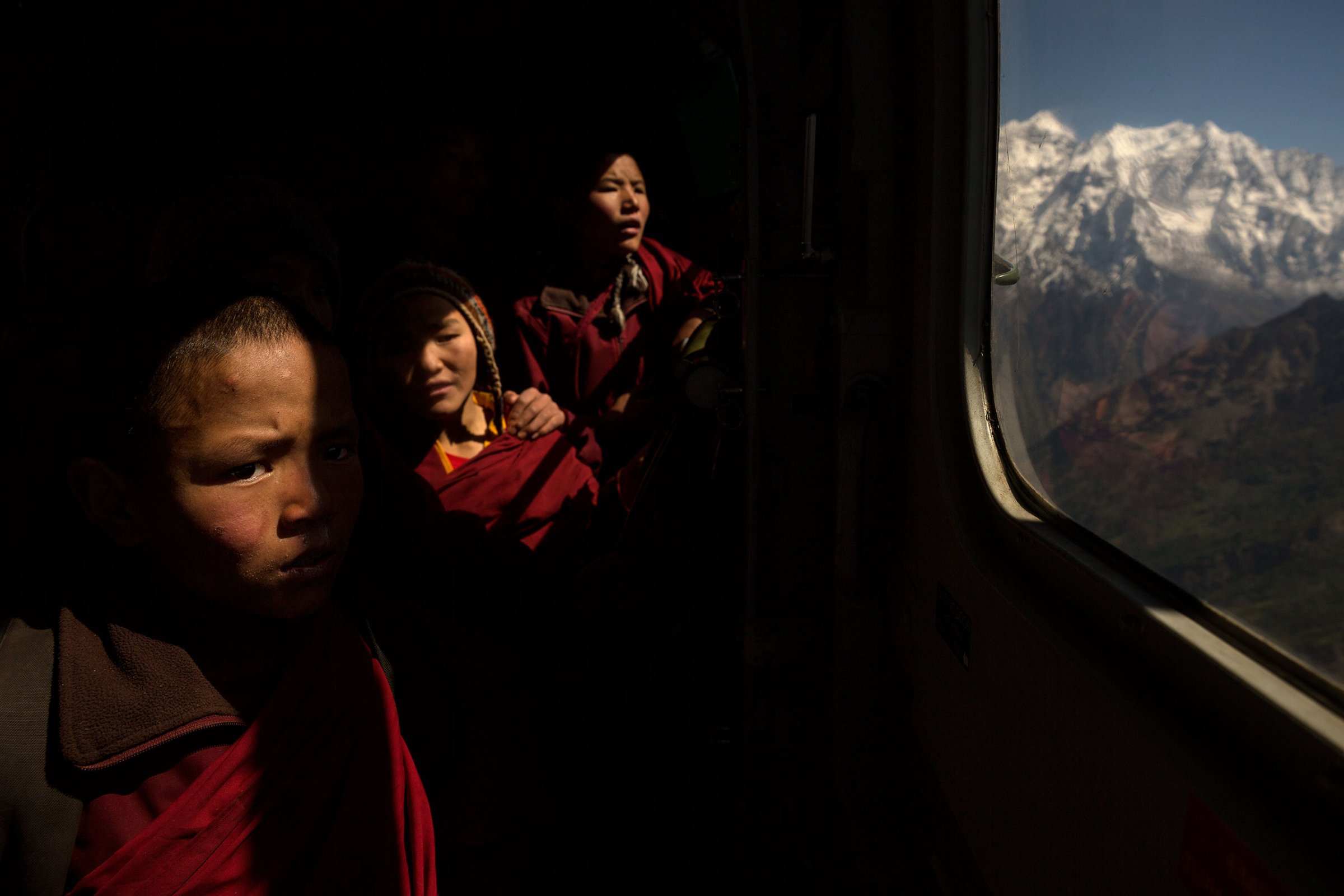
This is second part in a two-part series of dispatches filed by TIME contract photographer James Nachtwey from Nepal, days after a 7.8-magnitude earthquake devastated parts of the central Asian country. Read part one.
The mountains of Nepal are weeping. The restless earth shifted, and thousands of people perished. Many more thousands have been injured. Hundreds of villages have been flattened. Stone houses made by hand were literally shaken apart. But what was created by hand can be rebuilt the same way, and that is exactly what the Nepalese villagers are doing. What can never be replaced are the loved ones, many of whom are still being discovered buried beneath the rubble.
Having witnessed the destruction in Kathmandu and surrounding towns, I attempted to see what had happened in the remote mountain villages. The epicenter of the quake was located in Gorkha District, most of which was inaccessible, except by helicopter. The 301 and 206 Aviation Squadrons of the Indian Army were flying out of Pokhara, airlifting food and supplies and evacuating the injured. It was a fast paced, non-stop operation that required highly skilled pilots to land with very little clearance on small terraced fields carved into the steep mountainsides. Some flights could find no place to land. Others hovered and shoved food, blankets and tarps out of the open helicopter doors.
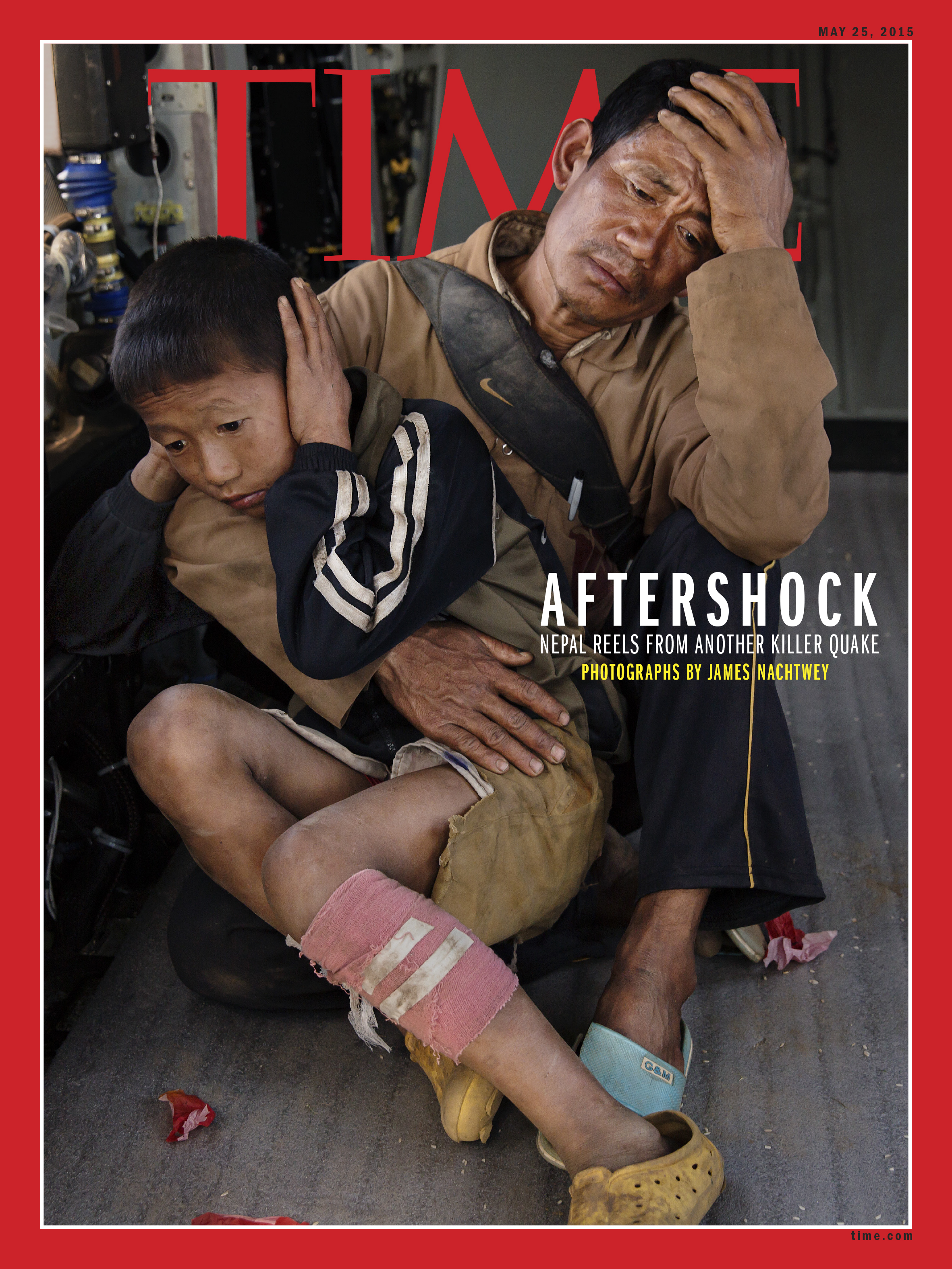
One mission took us to an extremely remote Buddhist monastery deep in the snow-covered, high Himalayas to evacuate a group of young monks from their damaged dwellings.
Barpak is one of the larger villages in the district. 1,200 out of 1,475 houses were destroyed. 69 people were killed. Some are still missing. 150 were seriously injured. The inhabitants quickly began the rebuilding process. Furniture, utensils and personal possessions were slowly salvaged from the ruins, and piece-by-piece, individual stones, wooden planks and corrugated metal, were retrieved and sorted, to be used again. The people were on their own, fending for themselves, as they always had.
A rescue team discovered Pur Bahadur Gurung, 26, buried in the wreckage of a house. Only then did the natural stoicism of the people break down.
International Medical Corps flew into the village of Gumda and set up a two-day, mobile health clinic. As in Barpak, the people busied themselves with dismantling the ruins in order to rebuild. Rejina Gurung, aged 3, was found beneath a fallen roof, and alongside four others from the village who had died, was buried in a field overlooking a broad valley, far below.
The Nepalese are known for their strength and self-reliance, their equanimity, friendliness and spirituality. As their character was being tested by a natural disaster, they revealed an unshakeable resilience. It became clear that who they are has been forged in hardship and closeness to nature.
James Nachtwey is a TIME contract photographer, documenting wars, conflicts and critical social issues.
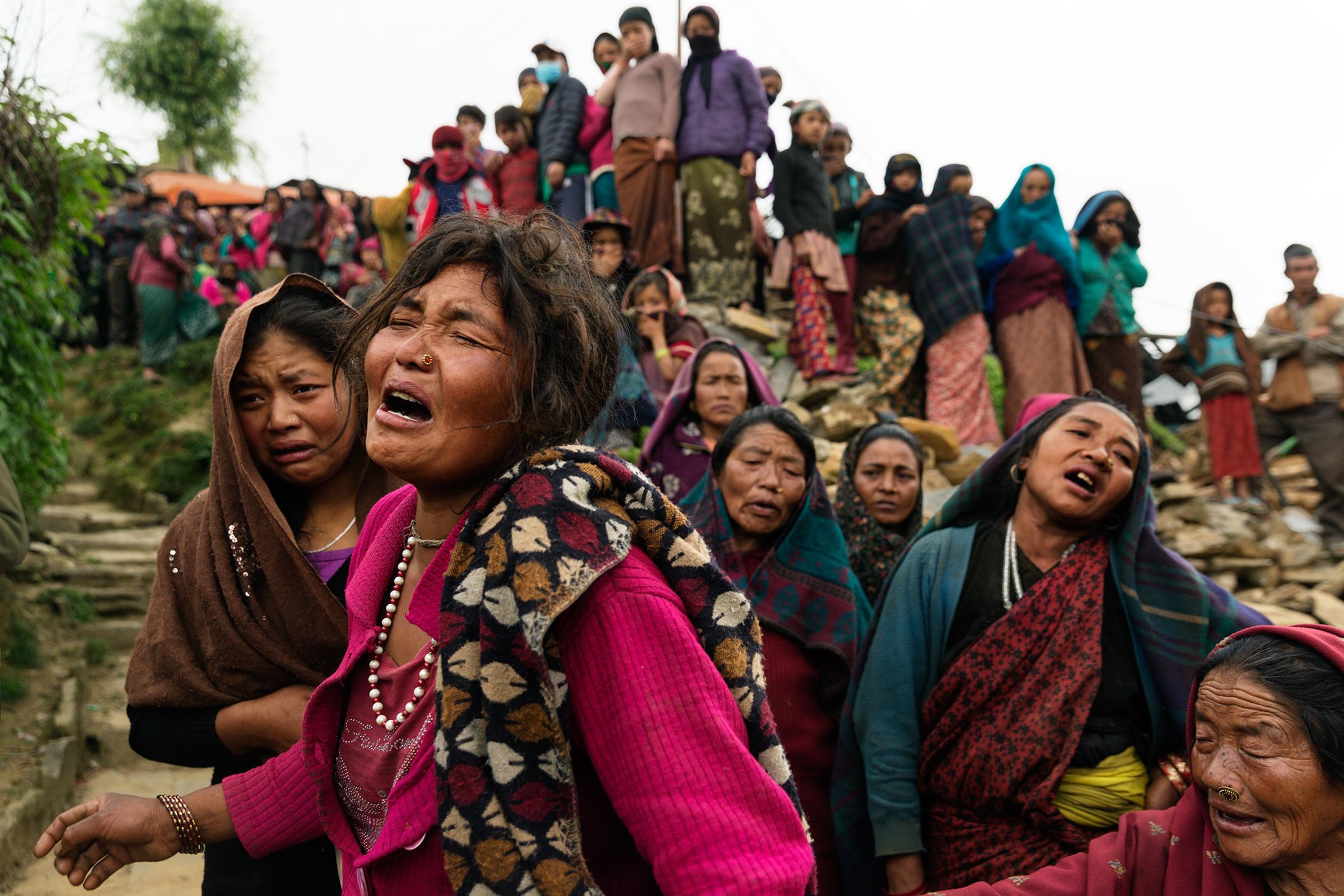
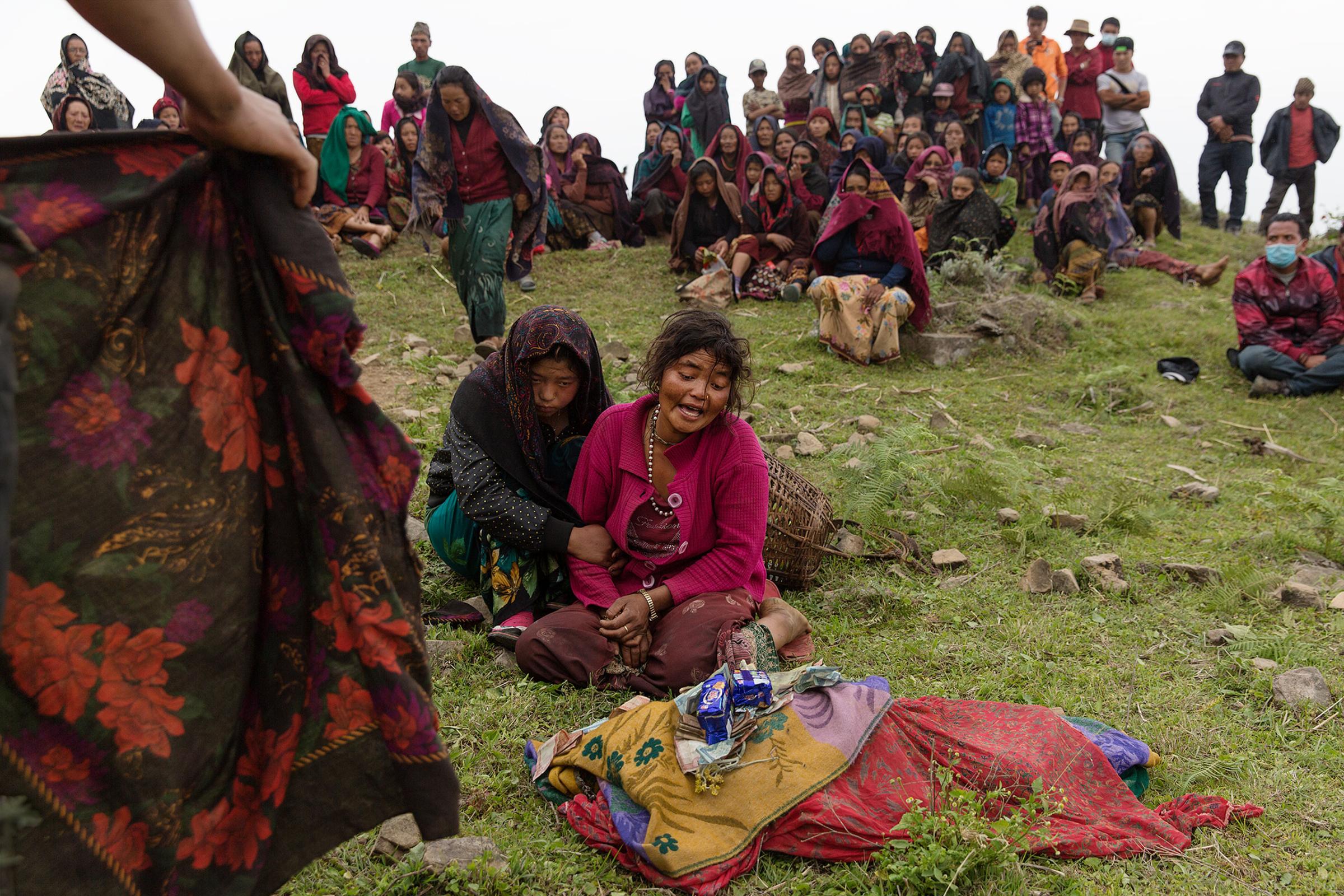

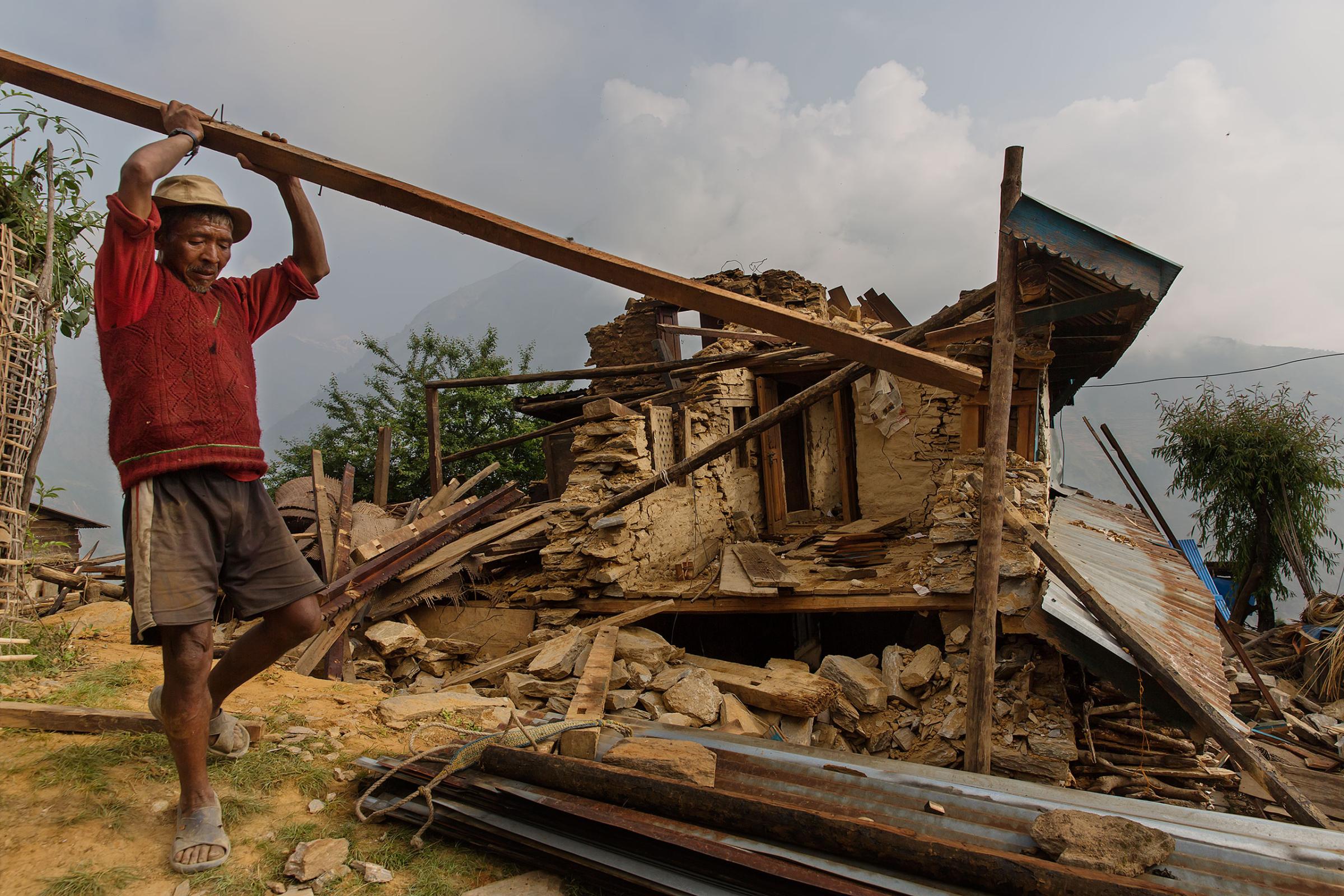
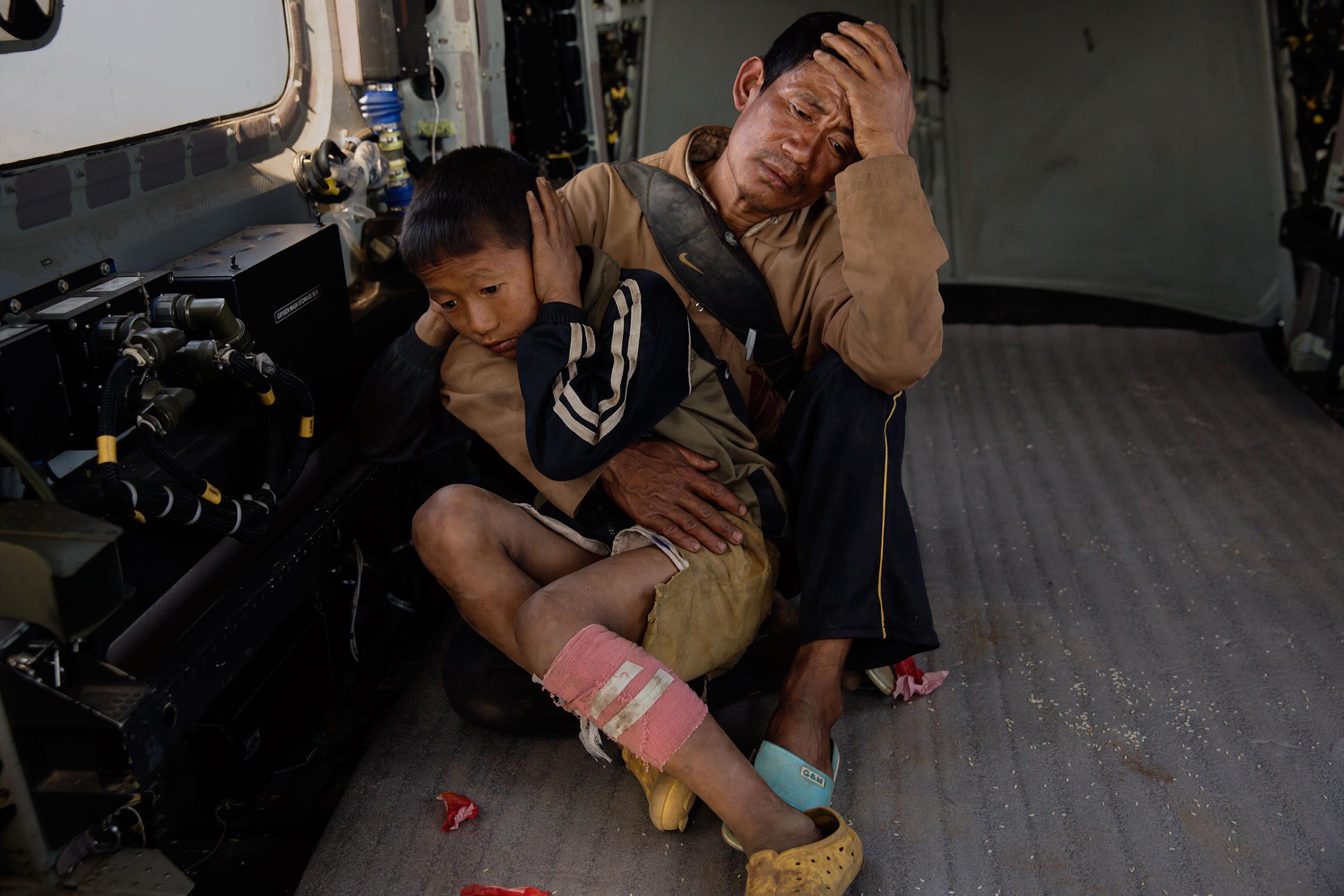
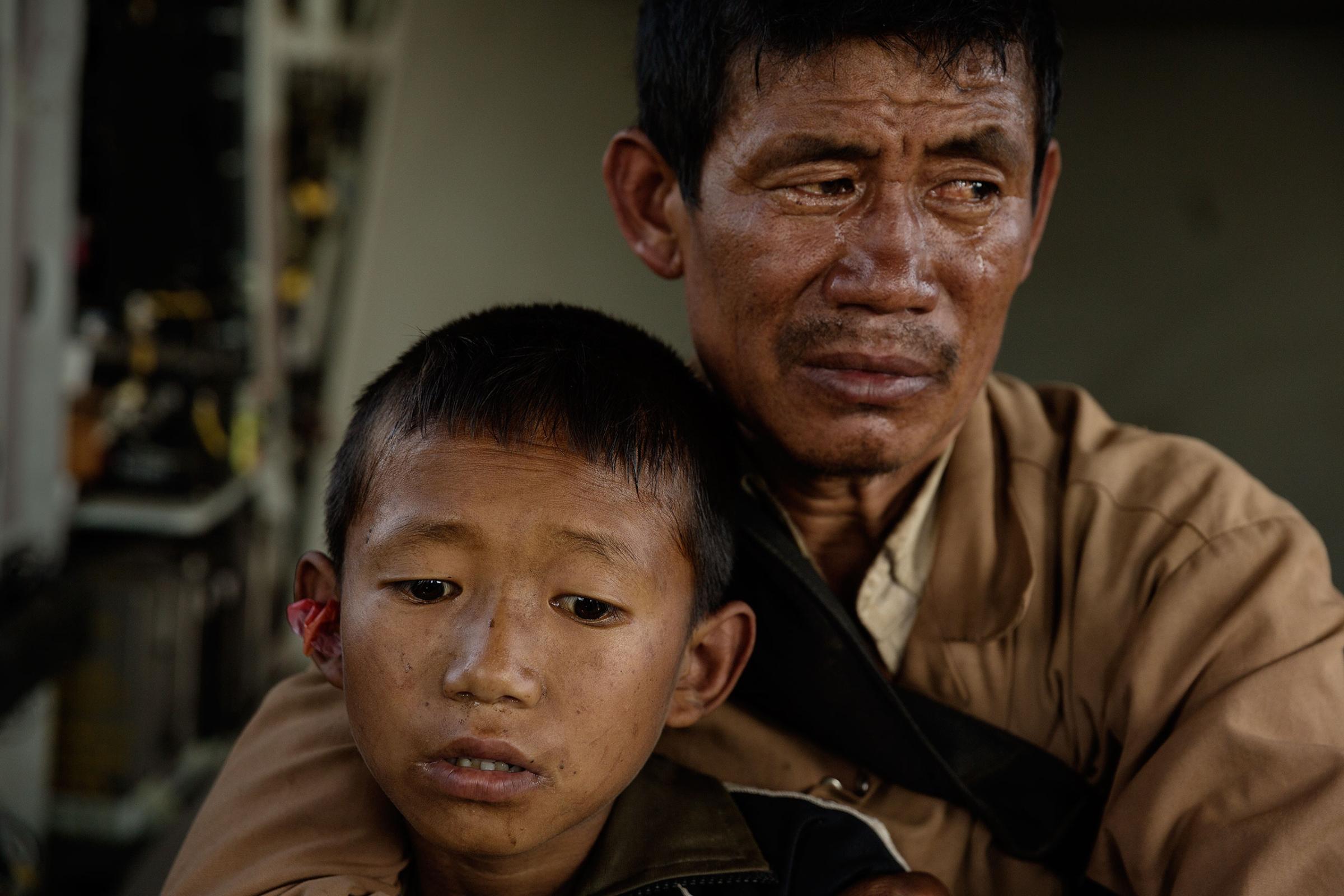
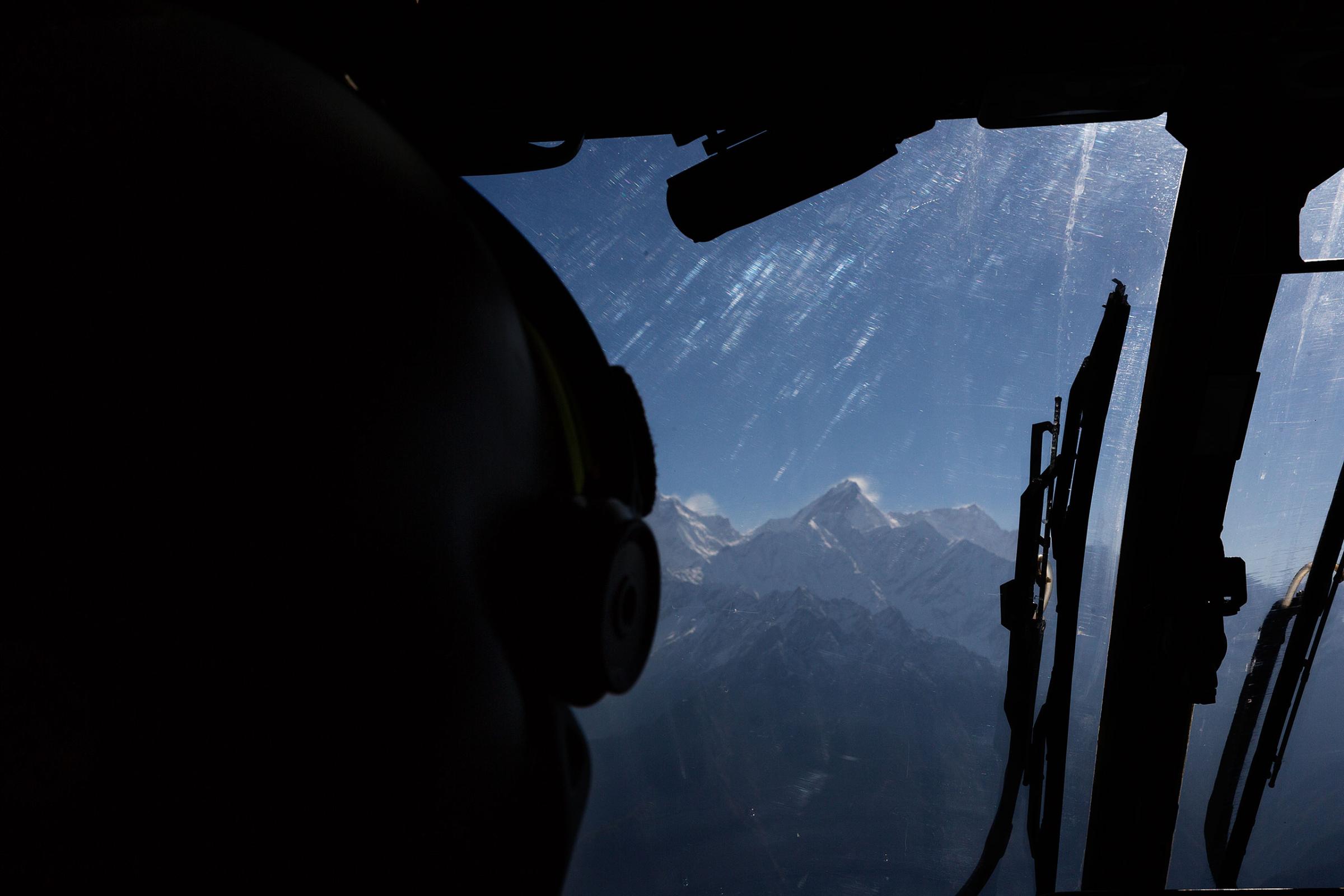

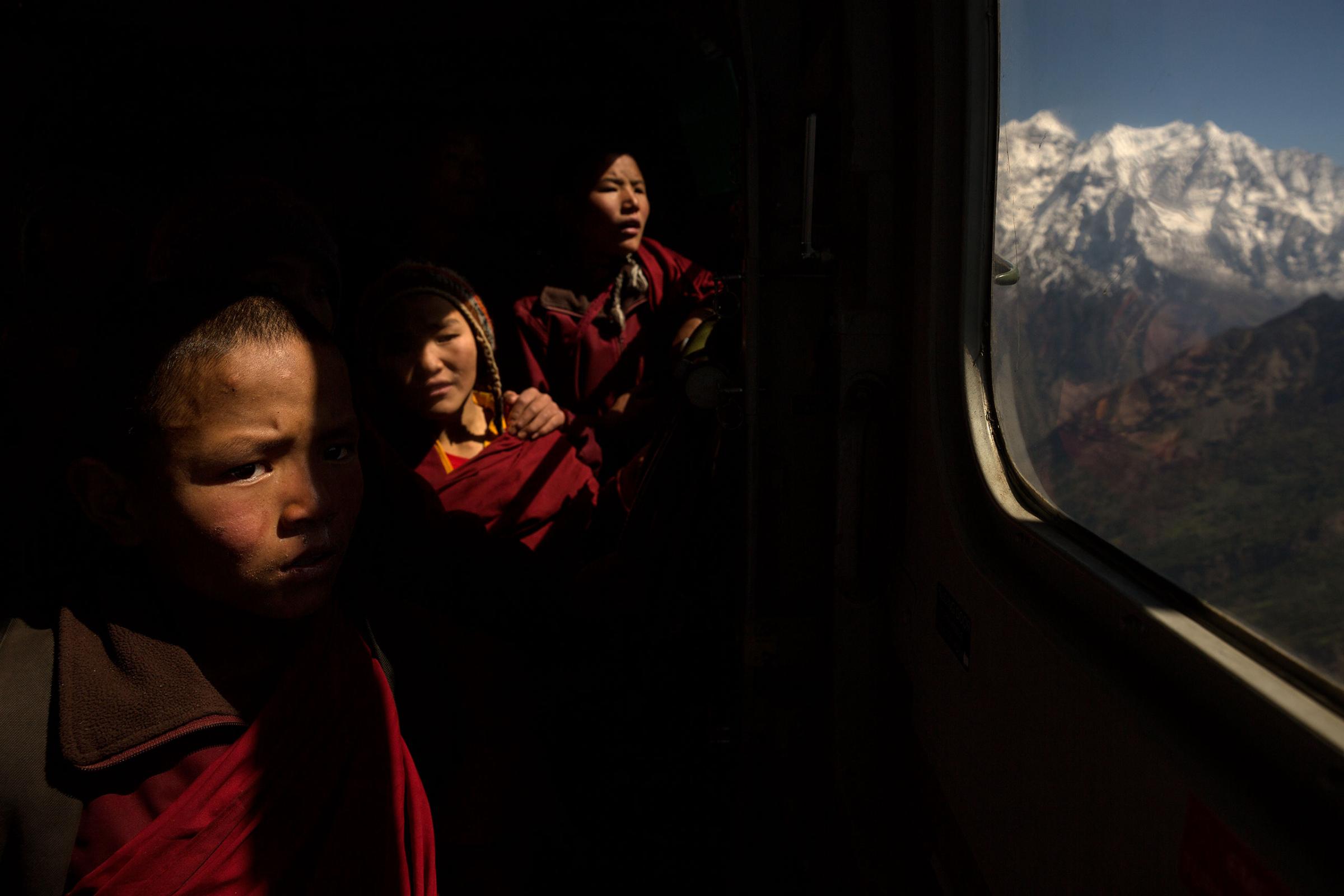
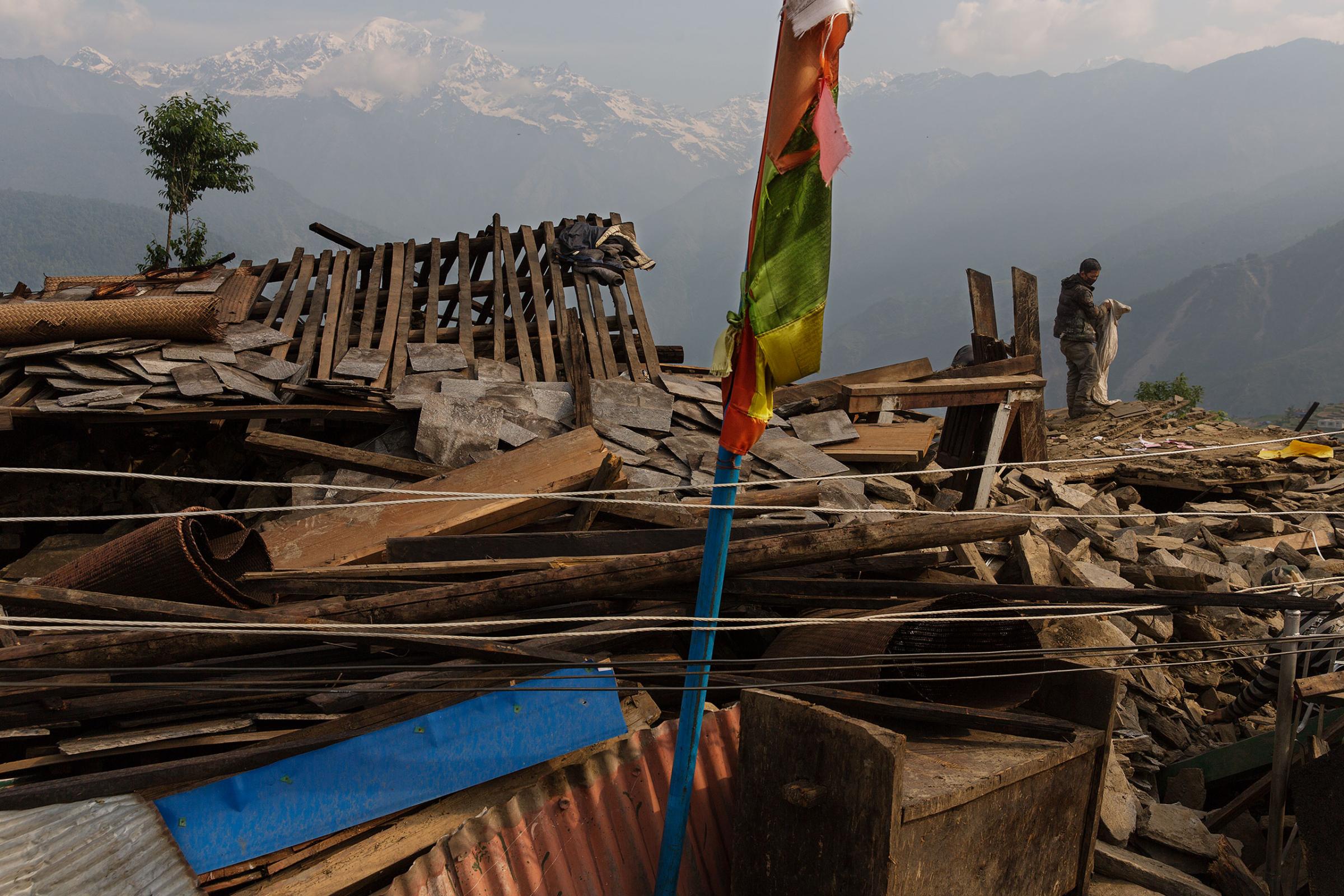
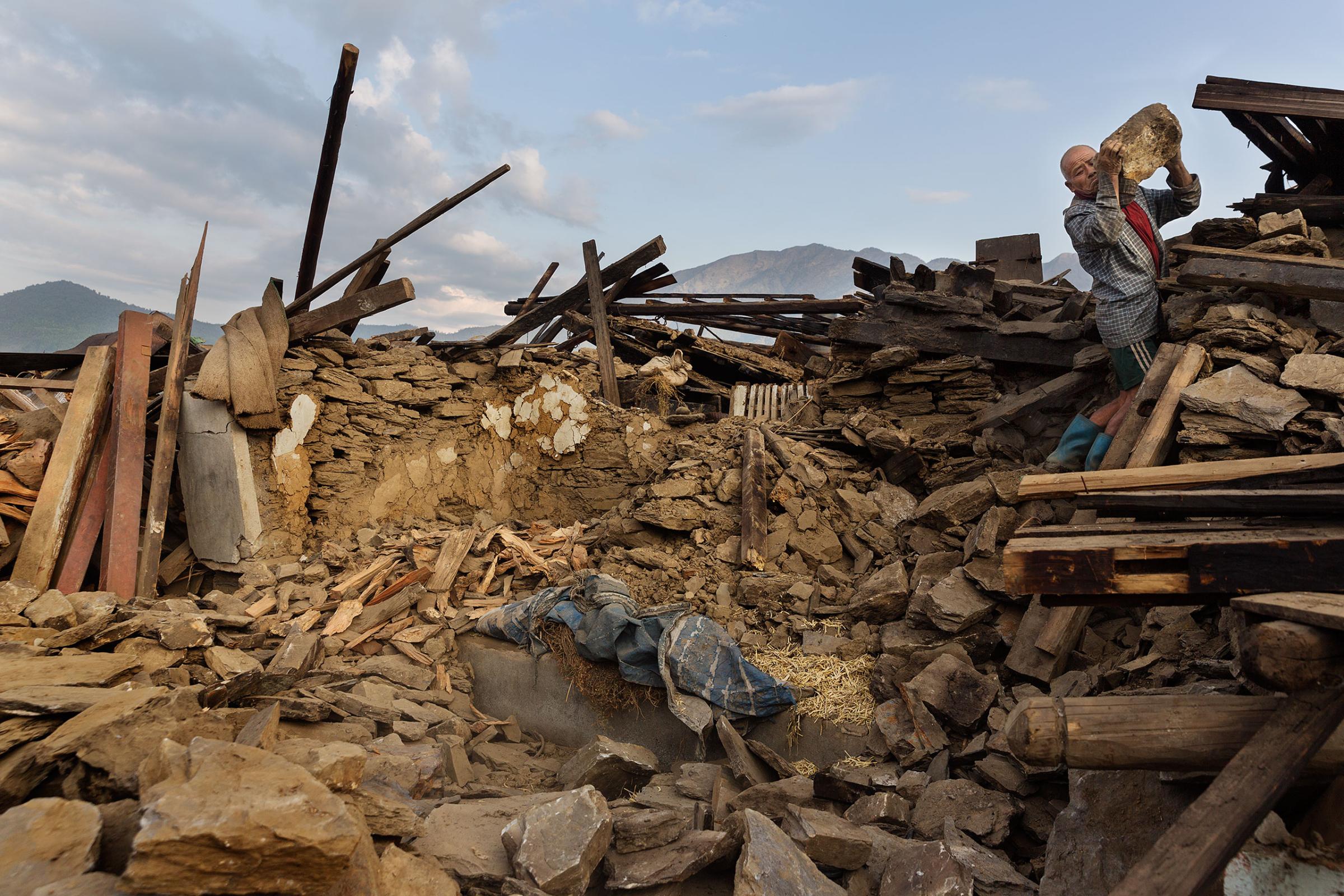
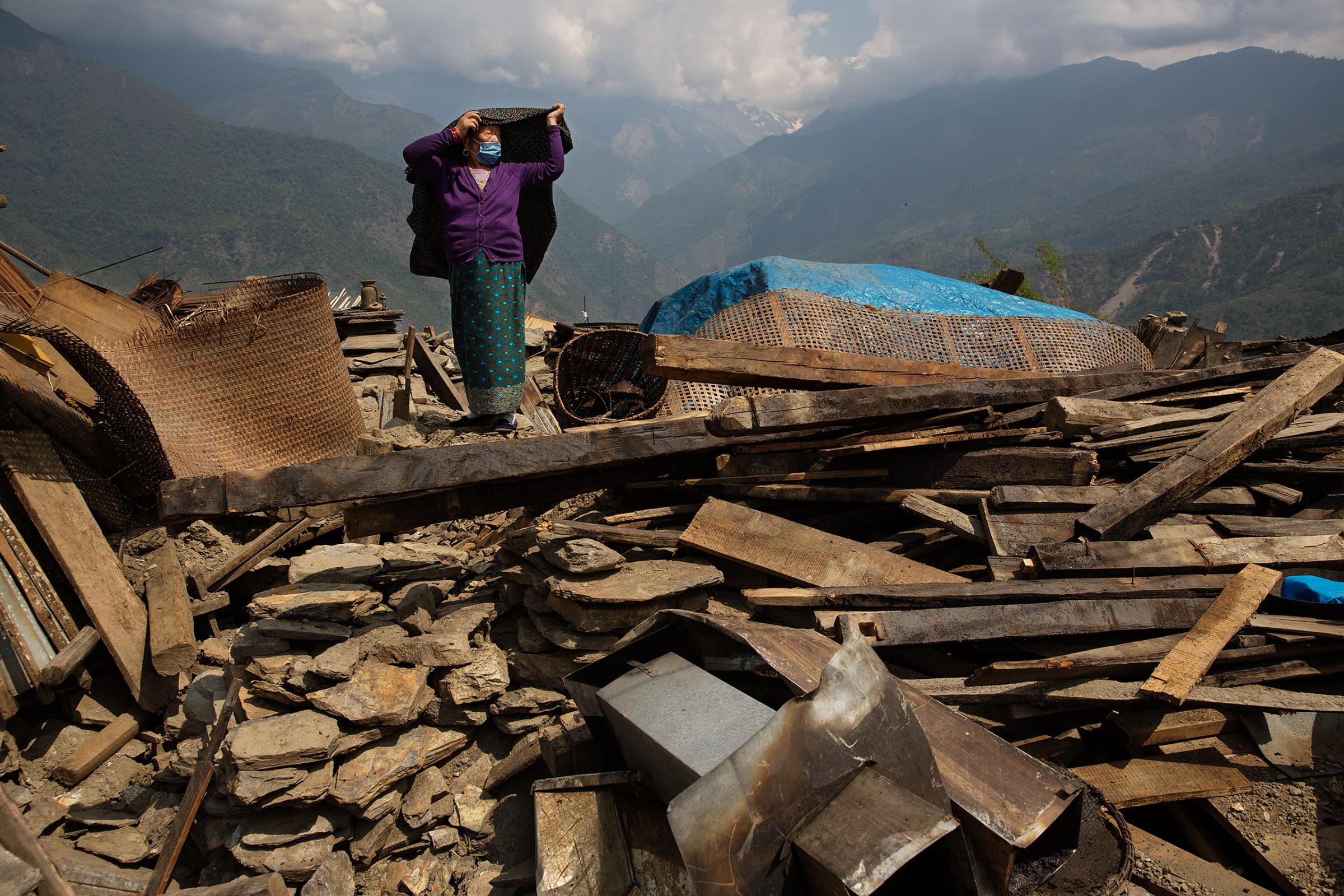
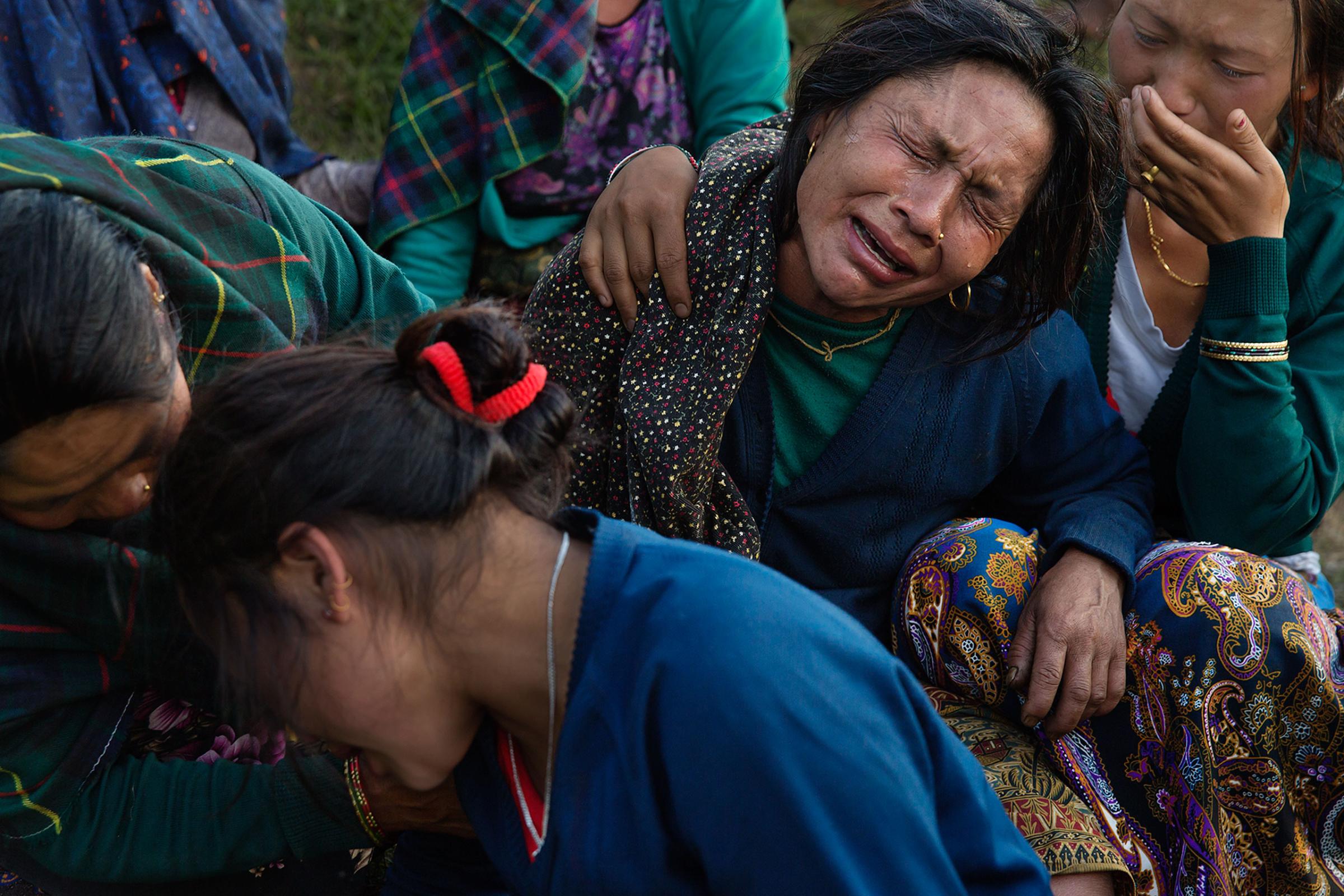


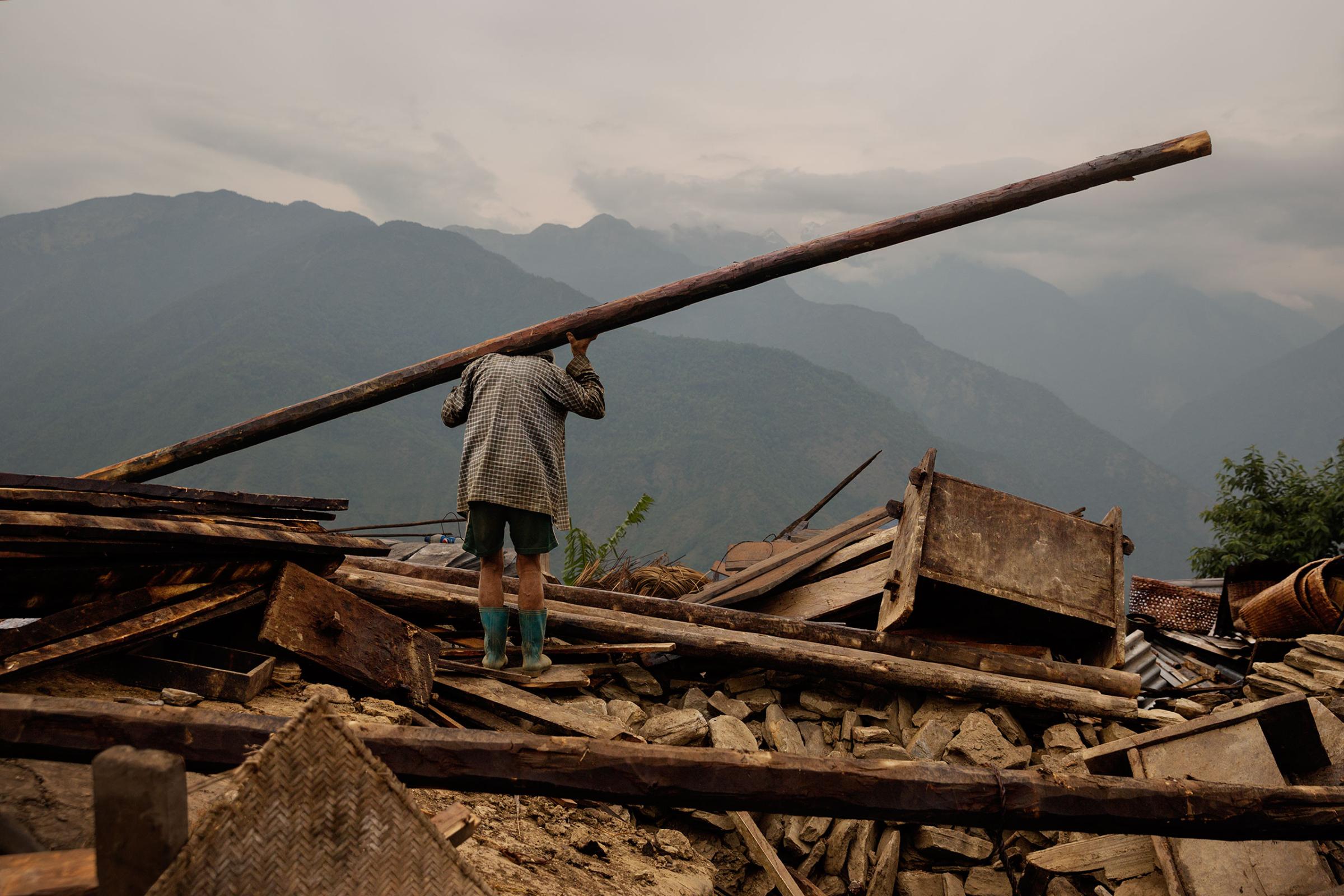


More Must-Reads from TIME
- Donald Trump Is TIME's 2024 Person of the Year
- Why We Chose Trump as Person of the Year
- Is Intermittent Fasting Good or Bad for You?
- The 100 Must-Read Books of 2024
- The 20 Best Christmas TV Episodes
- Column: If Optimism Feels Ridiculous Now, Try Hope
- The Future of Climate Action Is Trade Policy
- Merle Bombardieri Is Helping People Make the Baby Decision
Contact us at letters@time.com